How Big is an Acre? 5 Tips for Estimating Land Size
How big is an acre of land? Follow along as we discuss how big an acre is and how to estimate land size accurately.
Buying a home is one of the most significant purchases you will ever make, so you must understand all the terminology and measurements as you look for your dream home. One of the measurements you'll come across is the land size measured in acres, which is separate from the house size measured in square feet.
So, how big is an acre? Is there a lot of space to upkeep and maintain? How expensive is an acre? How can you estimate the size of your land? These are all questions that we will answer. So, keep reading; this guide will help you understand land measurements and tell you everything you need about acreage.
What is an Acre?
How many feet are in an acre? An acre is the preferred unit of measurement for land in the United States, equalling 43,560 square feet. Numbers are just numbers, so how can you visualize an acre? You can think of an acre as about 90% of a football field, 16 tennis courts, or nine basketball courts. An Acre can be measured in any shape, from rectangles to circles or even hexagons. The most common form for an acre is one furlong by one chain or 660 feet by 66 feet.
According to Encyclopedia Britannica, the size of an acre was initially derived from the amount of land that could be plowed in a day with a yoke of oxen pulling a wooden plow. The root word acre is said to stem from the Latin word ager, which means field.
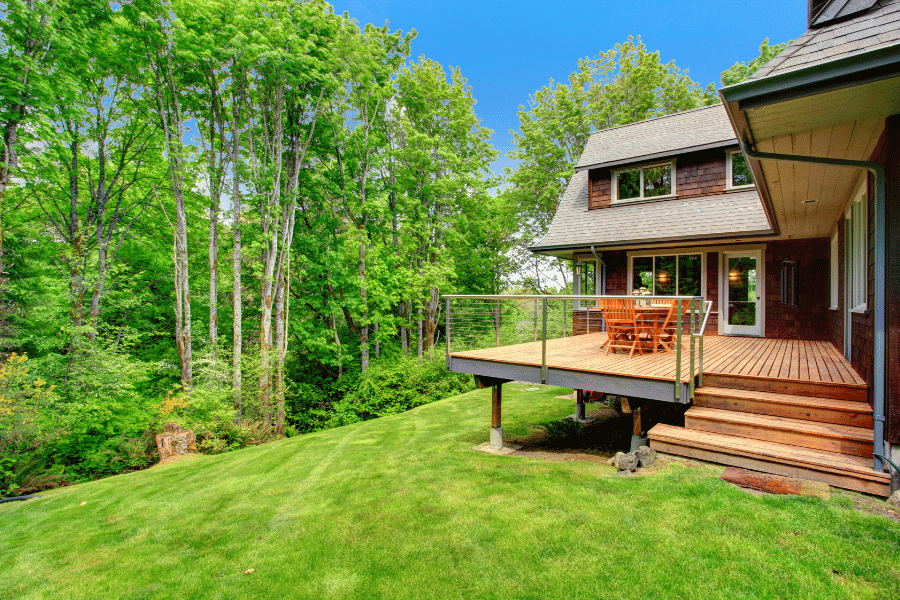
Today, determining the size of an acre based on oxen pulling a wooden ploy would be inaccurate and could vary drastically. Think of it this way: a farmer with a large team and the best oxen in town could plow a field a lot faster than a single farmer with smaller, tired, or weak oxen.
In the 13th century, we better understood how to calculate an acre. Edward I of England defined an acre as four rods wide by 40 rods long, with one rod being 16.5 feet.
(4 rods X 16.5 feet) X (40 rods X 16.5 feet) = 66 feet X 660 Feet = 43,560 square feet
This measurement is still used today across nearly two dozen countries and territories. The Weights and Measures Acts were enacted in England to standardize the length of an acre, so when English settlers came to America, they used the acre as their unit of measurement.
| Acre is square feet | 43,560 square feet |
| Acre in square yards | 4,840 square yards |
| Acre in square meters | 4,056.86 square meters |
| Acre in square hectares | 0.405 square hectares |
| Acre in square miles | 0.00156 square miles |
| Acre in square kilometers | 0.00404 square kilometers |
How to Measure Your Lot Size
When buying a home, you want to understand clearly how much land you're getting, and you can always trust listing sites, or you may inherit land without information. If you want to estimate your land size independently, here are a few easy tips.
1. Manually Measure
Manually measuring your lot size is the most time-consuming. You can walk around the property line with a measuring tape or wheel. When using a measuring wheel, you will roll out and multiply both directions. You can also use Google Maps to track your movement as you walk the lot's perimeter, leaving you with accurate dimensions.
Let's say you have a parcel of land that measures 500 feet in length and 650 feet in width:
Length = 500 feet; Width = 650 feet
Area of Land = Length X Width
= 500 X 650
= 325,000 square feet
= 325,000/43560 acres
= 7.46 acres
2. Locate the Deed
The deed or documents with the house often include pictures of the land or details you can use to determine your lot size. To get your lot size, you can input the information into a calculator, including length and width. The deed will contain details such as the description of the property and the measurement of each of the lot's boundaries.
3. Property Plat Map
If you have recently purchased or inherited property, you will have received a plat map at the closing. The plat map will include the lot layout, the boundary dimensions, and the tax parcel identification number.
4. Survey
Hiring a professional surveyor will give you an accurate description of your lot size. However, it may be the most expensive option.
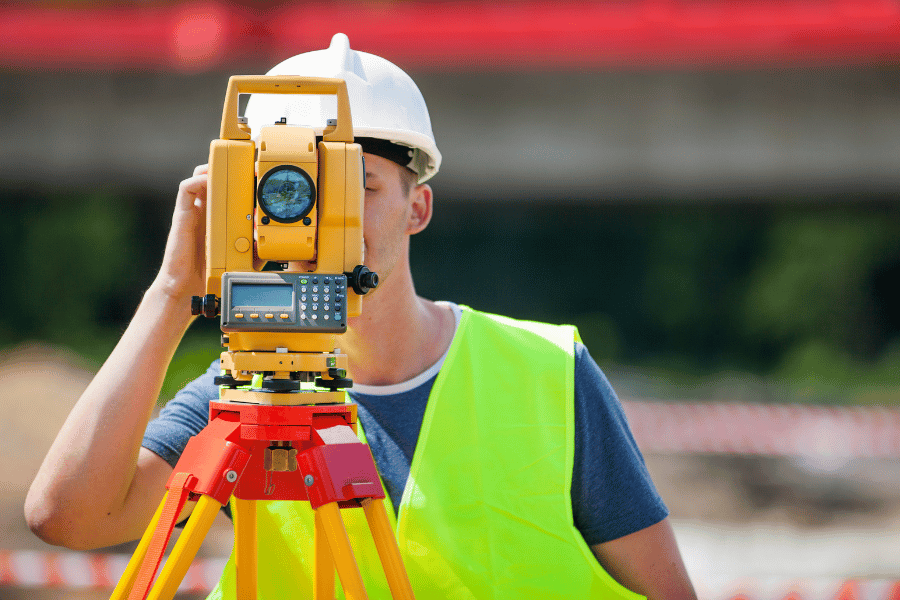
5. Pacing
Pacing may be the least accurate way to estimate your lot size. Pacing includes walking the length and width of your size, using one of your steps as the measurement. After evaluating the number of steps, a quick math calculation will give you an estimate of your lot size.
3. Documents That May Contain the Lot Size or Help you Determine
- Property Deed
- Property Plat Map
- Subdivision Plat Map
- Boundary Survey Plan
- Existing Conditions Plan
- Tax Map
- Local GIS
- Professional Survey Services
- Pacing
- Measuring Wheel
How to Calculate Square Feet To Acres?
This calculation is easy and simple. As said before, there are 43,560 square feet in one acre, so that you would multiply your figure by 43,560. Here are a few examples:
- 1 acre = 43,560 square feet
- 2 acres = 87,120 square feet
- 3 acres = 130,680 square feet
- 4 acres = 174,240 square feet
- 5 acres = 217,800 square feet
and so forth. You can also easily calculate the acreage of your land by giving the square feet. You will take your land square feet and divide it by 43,560. For example, if you have a piece of land that is 550,000 square feet, you will divide it by 43,560, which equals 12/6 acres.
How Much Does an Acre of Land Cost?
Those wondering about an acre's square footage often also wonder how much an acre costs. According to the USDA, the average cost of an acre in the United States in 2022 was $3,800. However, land in bigger states and popular metro areas will be more expensive.
Residential land can either be or less. In undeveloped areas, the cost of an acre will be cheaper than land in developed areas where roads, housing, and others are easily accessible. The average price of an acre in North Carolina is $4,600.
The states with the highest price per acre are:
- New Jersey
- Rhode Island
- Connecticut
- Massachusetts
- Maryland
- Delaware
- New York
- California
- Pennsylvania
The states with the lowest price per acre are:
- New Mexico
- Montana: average $2,283 per acre
- Wyoming: average $1,558 per acre
- North Dakota: average $2,936 per acre
- Nebraska: average 2,936 per acre
- Kansas: average $4,220 per acre
- Nevada: average $2,116 per acre
- Arizona: average $4,328 per acre
- Idaho: average $3,435 per acre
What Affects the Cost of an Acre of Land?
Many things can drive the cost of an acre up or down. The price can be affected by location, use, zoning, scarcity, and size. Location is a significant factor as an acre of land in the midwest will likely cost you way less than an acre in California or where the cost of living is higher. How close the land is to flood zones and other hazards will also drive the price of an acre down.
Infrastructure can also affect the cost of an acre. Land already developed with electric connections, sewer hookups, and paved roads will likely be more expensive than raw, undeveloped acreage.
Another common price factor is the topography of a plot of land. Land that is level ground with good drainage will be more expensive than the latter. Homebuyers will also pay more for land that has a good view.
Lastly, the economic activity in your area can significantly affect the cost. You will pay more for land in areas with intense economic activity and more opportunities.
Benefits of Acreage
Privacy
The more acreage you have, the more privacy you will receive. There will be more space between you and your neighbors, you won't hear the people next door, and you won't have to worry about neighbors seeing into your windows, as they are too far away.
Building Opportunities
When you have an abundance of acreage, you can use it to your advantage. You can build onto your current home, a detached mother-in-law suite, a guesthouse for visitors, and more because you have the space to do so.
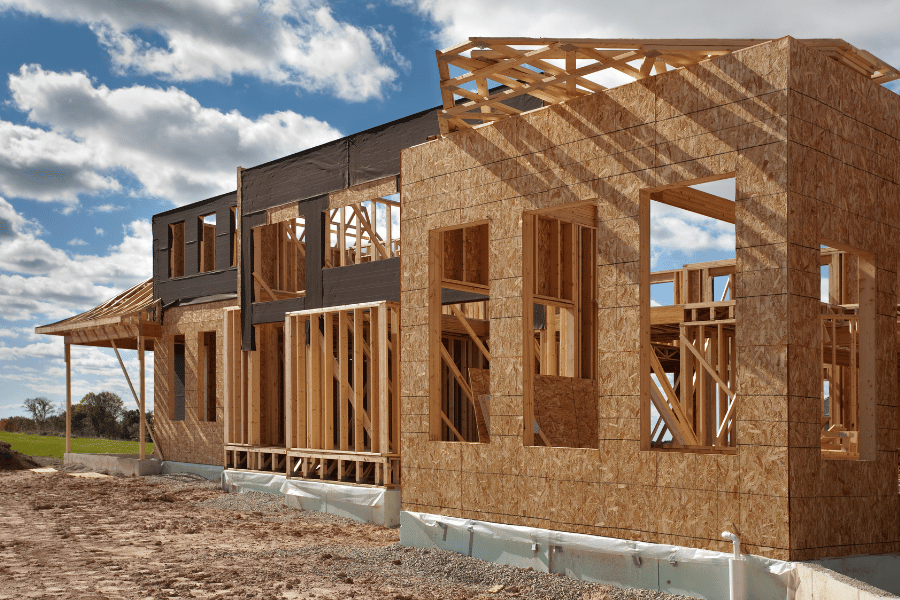
Space for Outdoor Activities
People often buy homes with more acreage to expand their outdoor spaces. There is more space to play and explore and more space to add a pool, deck, or sports courts.

Commercial vs. Residential Acre
A commercial acre is an area that remains in a commercial real estate development project after improvements have been made, including but not limited to such improvements as curbs, sidewalks, and gutters.
A commercial real estate development could be a store, office building, warehouse, or factory. Commercial acreage is 82.6% of the standard, meaning 36,00 square feet, 4,000 square yards, or 3342.8 square meters.
Real-Life Acreage Comparisons
It's easier to visualize an acre vs. look at numbers. There are many ways to compare the size of an acre to things you see daily or things you are familiar with. Parent Portfolio lists 21 real-life comparisons:
- 90% of a football field
- 16 tennis courts
- 242 sedans
- The Roman Colosseum covers six acres
- 18 average-sized homes (2,438 square feet)
- 1,584 potatoes
- The White House is located on 18.7 acres of land
- 70-yard sticks
- 696,960 Post-it notes
- New York City is 205,000 acres
- Nine basketball courts
- 40 semi trucks
- 391,419 dollar bills
- A FIFA soccer field is between 69,000 and 86,000 square feet, which is 1.6 and 19.6 acres
- 1,032 beds
- 70 parking spots
- The average baseball field is 4.5 acres
- A volleyball court is 0.2 acres
- The Amazon Rainforest is about 1,359,079,598 acres
- The Statue of Liberty sits on 12 acres of land
- The Mall of America is 96.4 acres
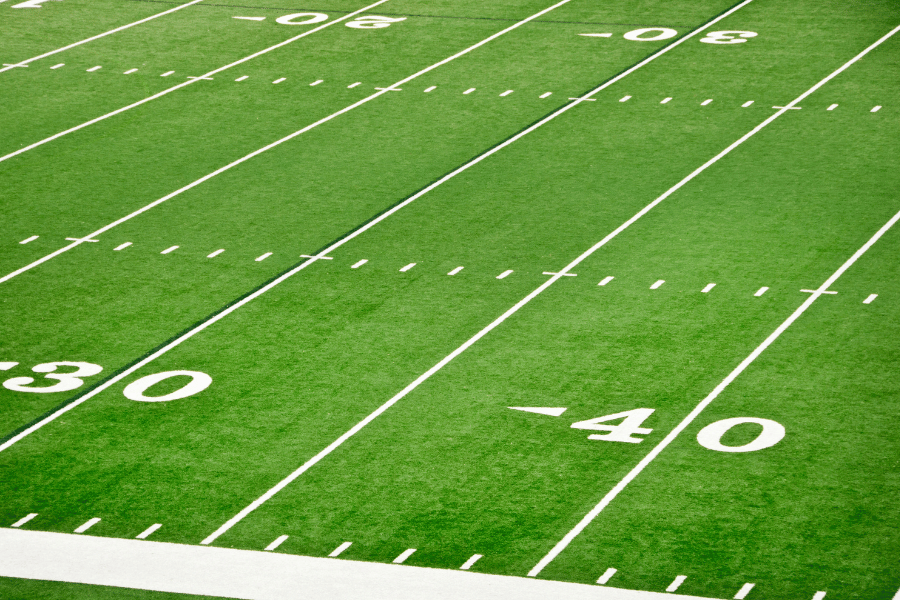
FAQ
How Big is an Acre?
43,560 square feet.
How large is an acre visually?
The closest thing to an acre visually is a football field, which is 48,000 square feet.
How many acres are in a mile?
One square mile = 640 acres
How many homes can fit on one acre?
Often, developers can squeeze 15 houses into one acre
How can I measure an acre of land?
Divide your property's square footage by 43,560
What is an acre?
A unit of land measurement representing an area of 43,560 square feet or 4,840 yards.
What Does an acre look like?
An acre is about the size of a football field without the endzones. Imagine a rectangle 88 yards by 55 yards.
Final Thoughts
You're not alone if you weren't sure how big an acre was before reading this article. It's one of the most asked questions when buying land, along with how much an acre costs and how to estimate your land size.
There are many ways to estimate land size, the most common (and expensive) being to hire a surveyor. However, you can calculate it with simple multiplication, use a measuring wheel, or walk the perimeter of your property line.
If you want to purchase land to build your dream home or an already constructed home on a few acres, we're happy to help! We have a team of qualified and experienced agents who can help you along your homebuying journey.
If you're moving to Raleigh or elsewhere, contact us today to kickstart your home-buying journey. We are ready to help and answer any questions.
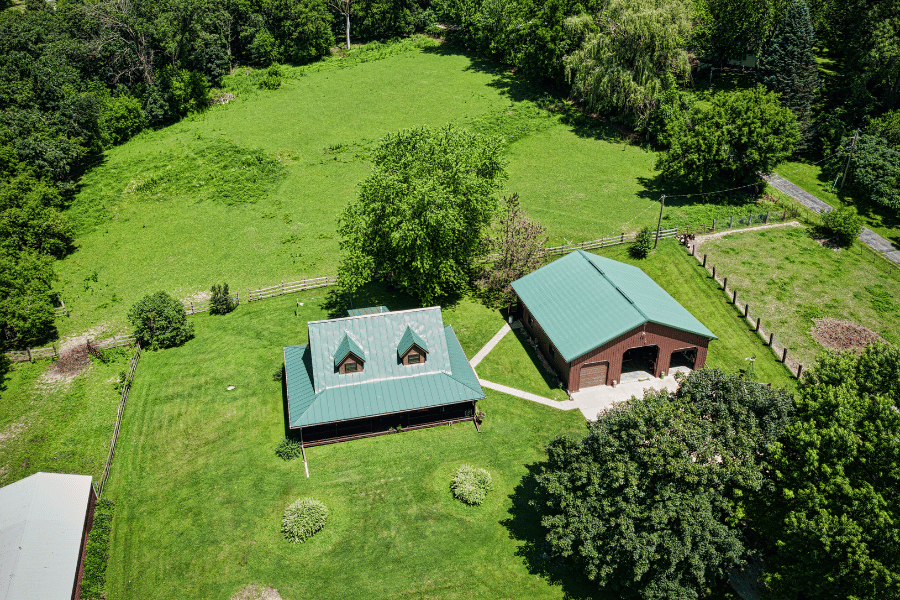

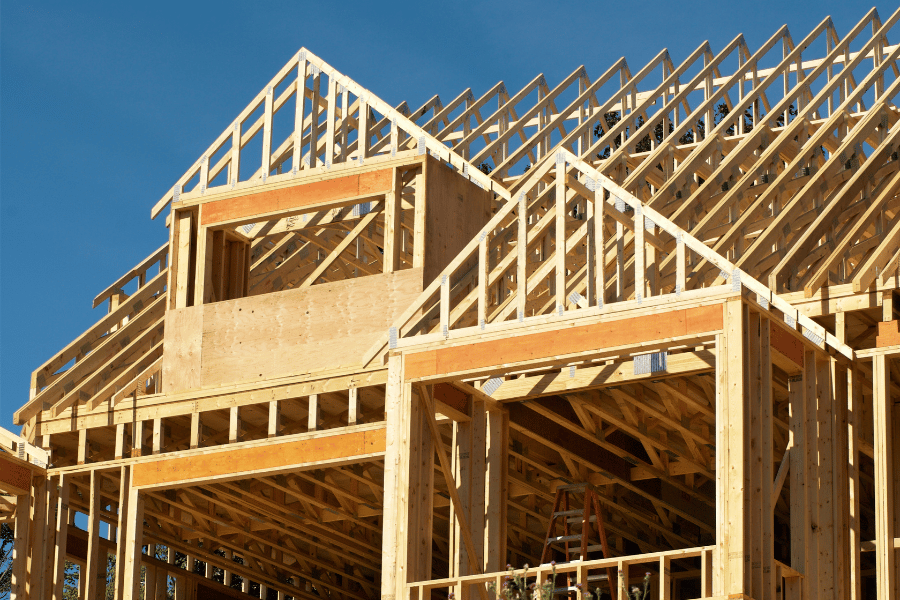
.png)
